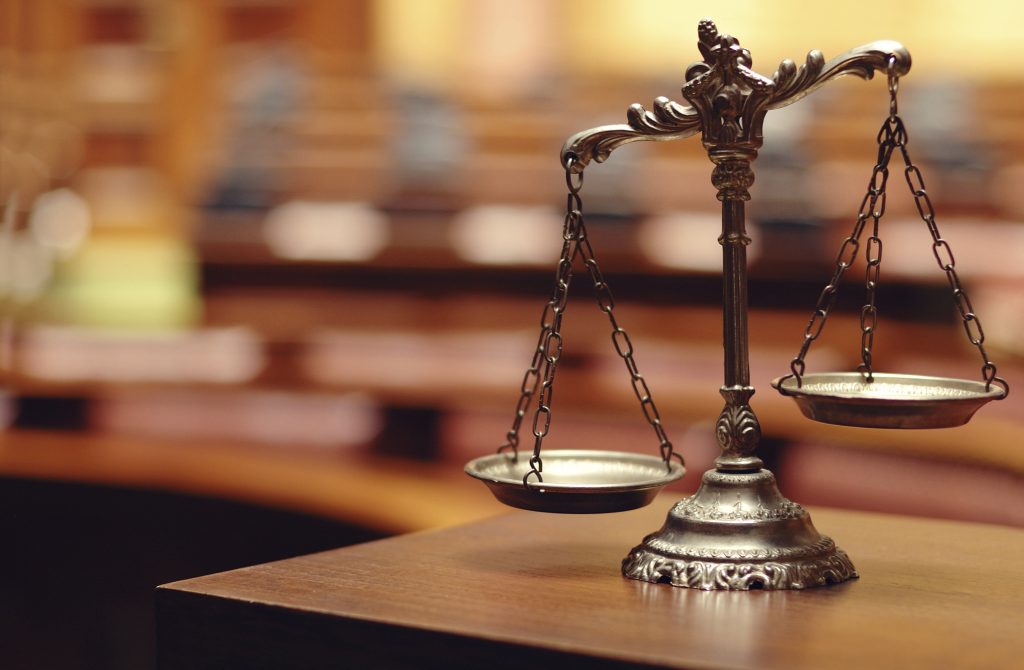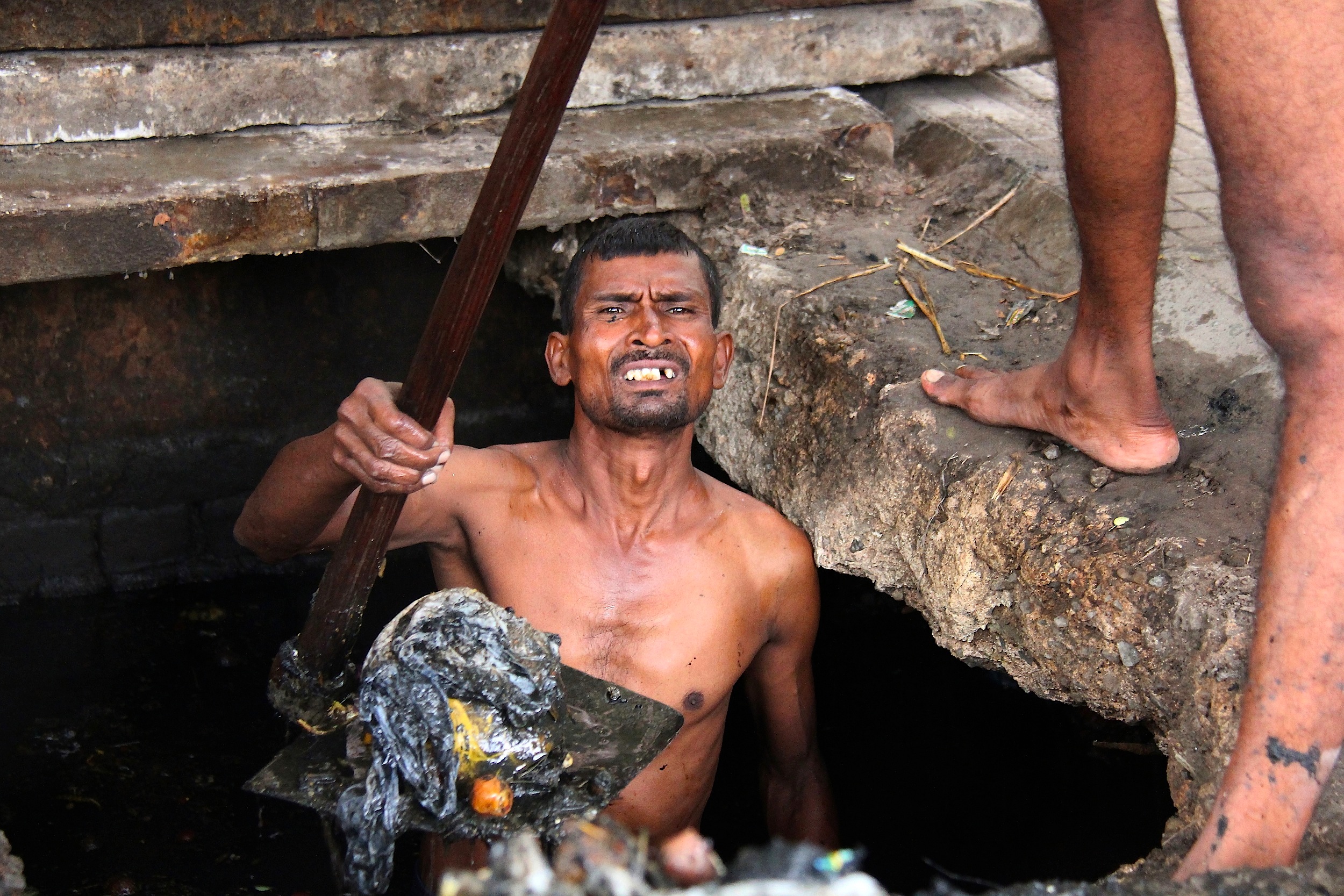The practice of untouchability was going on for ages. It commenced during the post-Mauryan age (2nd BC) & thereafter it continued to gain its influence in society. Untouchability was not only evil but in reality, it was a crime against humanity because untouchables were cadre as outsiders to be the real normal of society. No social relation was to be maintained with them by any member of society.
Untouchability was not only socially isolated but also economically isolated. All paths to eco-progress were blocked for untouchables without wiping out this evil practice political freedom was meaningless to a large section of the Indian population. Socio-religious reforms of the 19th century, as well as national leaders, fought against this evil practice continuously.
Historical Havoc of Untouchability
Bal Gangadhar Tilak had declared that “if God was tolerating untouchability then, I will not recognize him as a god at all“.
Mahatma Gandhi also fought against this evil; radical untouchability was one of the components of the Gandhian village reconstruction program. Makers of Indian constitutions were aware of the necessity to wipeout practicing untouchability to achieve this objective. Article 17 was inserted in part III of the constitution. This article guarantees the Fundamental rights of every person for protection against untouchability.
The practice of untouchability was continued even after the adoption & implementation of the constitution because there was no law to punish the offender it somebody practiced untouchability. Realizing the gravity of the challenge, the parliament exercised its exclusive authority conferred by Article 35(2) to enact the untouchability offenses Act 1955.
This act declared the practice of untouchability as a non-cognizable & compound offense. Since the offense of untouchability is classified as non-cognizable & compoundable, the offender used higher status to pressurize the aggrieved individual to withdraw the case if an offense case took place. As a result of this, the practice of untouchability continued in society.
Under these circumstances, parliament amended this act of 1955 in 1977 & renamed it the protection of Civil Rights 1955. Under this amended law, the practice of untouchability was declared as a cognizable & non-compoundable offense. This is a strong step that succeeded in wipeout untouchability.
National Tribal Panchsheel
The government of Independent India was concerned about challenged faced by tribal. Jawaharlal Nehru was aware that if existing factors allowed, operating tribal will keep on suffering even after Independence. To ensure the all-round development of tribal, five fundamental principles were outlined by Nehru in 1952 which are famously known as Nehruian Tribal Panchsheel. These 5 principles are-
- Tribal should be allowed to develop according to their own genius.
- Tribal rights in forest & land should be respected.
- The tribal team should be trained to undertake admin development without interference.
- Tribal development should be carryout without disturbing socio-cultural distinction.
- The index of tribal development should be an improvement in their quality of life, not the amount of money spent.
The National Policy failed to have any significant impact on the life of tribals because these principles represented a broad outlook, these were lacking in specific.
Social Atrocity: SC/ST’s Prevention of Atrocity Act 1989

This act was enacted by the Indian parliament to guarantee protection from atrocity to members of Scheduled Caste & Scheduled Tribe. Despite various measures undertaken by the government to improve the socio-economic condition of Scheduled Castes and Scheduled Tribes. Citizens belonging to this section of people continued to suffer from variation offenses indignities humiliation, indignity & harassment. They were deprived of their life & property. The basic Civil were denied to them.
To prevent such offenses of social nature the parliament enacted the prevention of Atrocity Act 1989 so that each section of people could live a life of dignity. Before the enactment of this act, such crimes were not clearly defined. As a result, the offenders get away quite easily.
The Prevention of Atrocity act defined the offense of atrocity in three broad categories i.e. social disabilities personal atrocities & atrocities of affecting properties. The social disabilities included offenses denied access to a public place, common passage to prevent members of SC/ST to get water from a well or reservoir. Personal atrocities outraging the modesty forcing a person to eat an edible substance injuring the person.
Atrocity affecting property including taking away house or any other property. To liberate members of SC/ST from this crime Prevention of Atrocity 1989 provided for stringent punishment. A special court was created to take up these crimes. It provided for appointments for special public prosecutors. Offenders denied anti-captor bell & probation after getting convicted. These tough measures prescribed by Prevention of Atrocity 1989 liberated the members of SC & ST from atrocities & enabled from to live a life of dignity.
National Policy on Tribal 2008
Tribe refers to a group of people living in a geographically isolated area having a distinct culture and maintaining its district identity. Article 342 empowers the president of India to notify a tribe, 1st such notification was issued in 1960 & at present, there are 698 STs in India. The tribal constitutes about 8% of the Indian population & without ensuring they’re around development it’s practically impossible for the nation to enjoy a tag of developing or developed state.
Constitution of India provides for socio-economic development & empowerments of tribal. Special provisions were made for affirmative action to ensure the advancement of tribal. Article 338(A) provides a national commission for STs. Article 371 contains a special province for tribal areas. Schedule 5 & schedule 6 also contain special power for the empowerment of STs.
Formulation of National Policy Tribal (2008)
By the closing years of the 20th century, it was quite clear that tribes couldn’t develop proportionately with mainstream Indian people. As a result of this, the Government of India initiated a series of steps to ensure the advancement of tribal.
In Oct 1999, a separate ministry was created to deal with tribal affairs. The discussion was started to formulate National Policy for tribal with concern state, public & private organization, Non-Governmental Organization & individuals. This discussion culminated in drafting National Policy on tribal in 2008. The National Policy Tribal takes into account, the challenges faced by tribal due to displacement in the field of health & education & violation of traditional tribal returns.
This policy emphasized that displacement should be carried out as a last resort for the development of tribes. It was found that among all displaced people, tribes constituted 55% even though 8% of people. The level of education in tribal is much lower when compared with other sections of society. The National Policy Tribal required education infrastructure in the tribal area & have a special curriculum per tribal needs.
National Policy Tribal provides safeguard from bio-piracy recognition heed to protect the intellectual property of tribal because these communities are rich in traditional wisdom. National Policy Tribal emphasizes the efficacy of the participatory approach for ensuring tribal development. It provides for recognition role of Non-Governmental Organization’s voluntary agencies in the implementation of development activities in tribal areas so that rapid advanced should be ensured & tribal could be safeguarded/ensured from on sought of outsiders.

